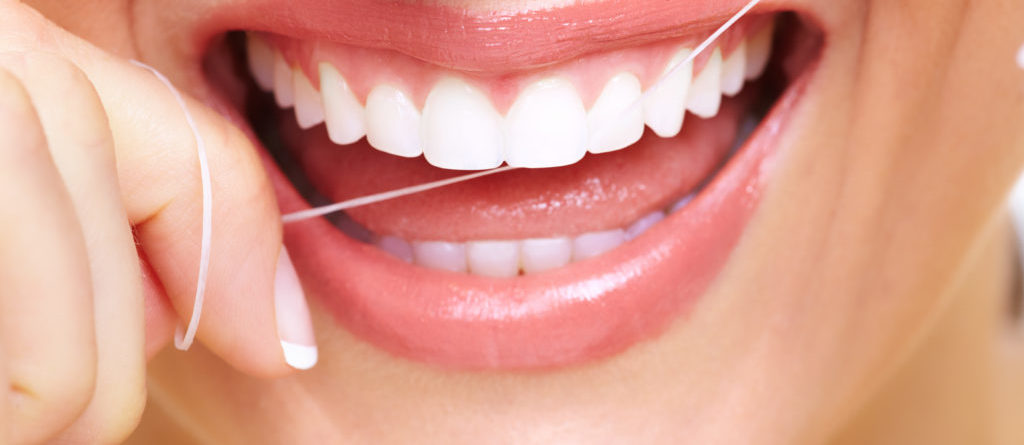Food debris left between teeth can lead to a build of bacteria and plaque, ultimately resulting in infection and gum disease if not addressed. Interdental brushes have been designed to fit in those hard to reach areas, preventing the build up of plaque and tartar.
What is an interdental brush?
An interdental brush is a small spiral shaped brush that is designed to fit in between teeth without causing damage to the gums or enamel. Available in different sizes, the brushes can be used in place of a toothbrush in places that are difficult to reach with conventional brushes, preventing the build up of bacteria and plaque.
Interdental brushes are also suitable as a substitute for conventional toothbrushes when used on bridges and crowns; allowing you to take extra care, the brush can clean on and around the artificial tooth without causing damage or missing food debris.
Brushes are an effective alternative to flossing, which is also used to removed plaque and debris from between teeth. Less awkward and time consuming, interdental brushing achieves the same end without requiring the measuring or adjusting of floss.
How do I use an interdental brush?
Your dentist may offer advice on how to use and choose the size of your dental brush. For different sized gaps you may require a number of different brushes, each designed to fit between teeth without causing damage.
Once you’ve chosen the correct brush size and removed the cap, gently insert it between your teeth and move the brush backwards and forwards without force. While using your brush, be sure not to put too much pressure on the gums, which may lead to bleeding.
If you find it difficult to clean between teeth you may need to choose a smaller size. Ask your dentist for more information if you’d like advice on different brush sizes or guidance on brushing technique.
How often should I use it?
As with flossing, interdental brushing should be undertaken once a day. This will ensure that all daily food debris is removed from between teeth and prevent the build up of bacteria or plaque. If you experience persistent bleeding or soreness after using the brush, you may be brushing too frequently. However, bleeding and swollen gums can be expected within the first few days as you remove plaque build up. Ask your dentist for more information if you’re unsure or the bleeding persists.

